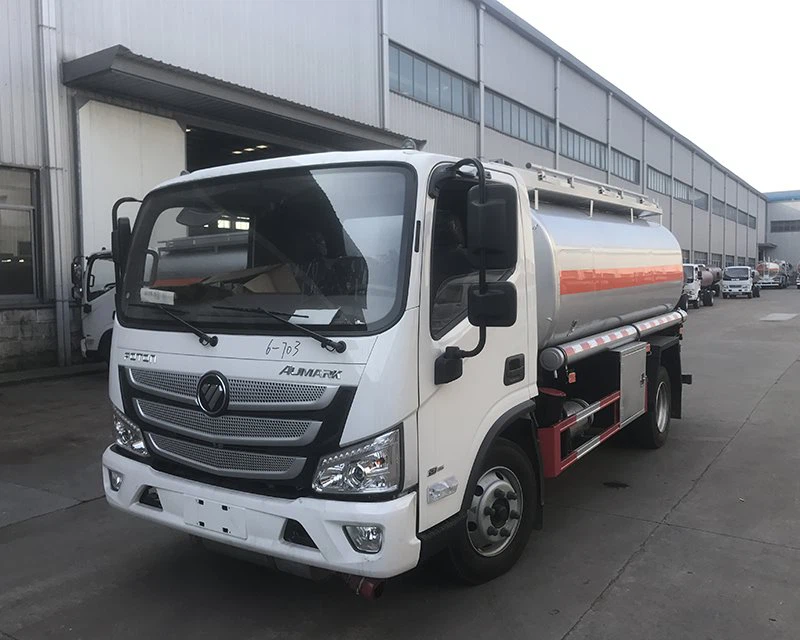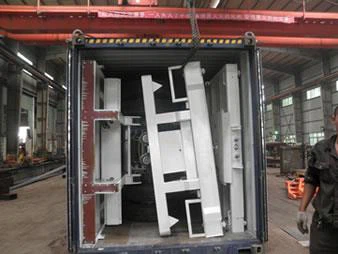How Much Concrete in a Truck Load: A Comprehensive Guide

When it comes to construction projects, understanding how much concrete is required and delivered is crucial for planning and budgeting. One common question that arises is, “how much concrete is in a truck load?” This article provides a detailed exploration of this topic, including factors affecting concrete load sizes, practical examples, and helpful tips for handling concrete deliveries effectively.
Understanding Concrete Deliveries
What is Ready-Mix Concrete?
Ready-mix concrete is a construction material that is mixed at a central plant and delivered to job sites in a truck. This method ensures that the concrete is made fresh and can be adjusted to meet specific project specifications.

Concrete Truck Load Capacity
The capacity of a concrete truck load can vary based on several factors. Here are some general guidelines:
- Most standard concrete trucks can carry between 8 to 10 cubic yards of concrete.
- Some larger trucks, known as “heavy-duty mixers,” can hold up to 12 cubic yards.
Factors Affecting Concrete Load Sizes
Truck Size and Design
The size of the concrete truck plays a significant role in determining the load capacity. Standard mixer trucks are designed to balance weight and volume efficiently:
- Small trucks: Usually have a capacity of 8 to 9 cubic yards.
- Standard trucks: Commonly hold 10 cubic yards.
- Large trucks: Can carry up to 12 cubic yards or more.
Weight Limitations
The weight of concrete is also a critical factor. On average, one cubic yard of concrete weighs about 4,000 pounds. Considering the weight restrictions on roads and bridges, truck loads are limited to about 20,000 to 30,000 pounds for safe transportation.
Types of Concrete
The type of concrete being delivered can also affect load sizes:
- Standard concrete: Generally, packs more efficiently, allowing for greater load sizes.
- Lightweight concrete: May allow for a larger volume due to reduced weight.
- High-strength concrete: Might be delivered in smaller quantities to ensure proper mixing and handling.
Calculating Concrete Needs
How to Estimate Concrete Volume

To estimate the concrete volume needed for your project, you can follow these steps:
- Measure the length, width, and height of the area to be filled in feet. Multiply these dimensions together.
- Convert cubic feet to cubic yards by dividing the total by 27 (since 1 cubic yard = 27 cubic feet).
Example: For a slab measuring 10 feet long, 4 feet wide, and 0.5 feet deep:
Volume = 10 x 4 x 0.5 = 20 cubic feet
Cubic yards = 20/27 ≈ 0.74 cubic yards
Concrete Coverage for Different Projects
Different applications require varying amounts of concrete. Here are some common projects with their estimated concrete needs:
| Project Type | Dimensions (Length x Width x Depth) | Cubic Yards Needed |
|---|---|---|
| Concrete Slab (Patio) | 10′ x 10′ x 0.25′ | Approx. 1.03 |
| Foundation | 20′ x 30′ x 1′ | Approx. 22.22 |
| Sidewalk | 4′ x 100′ x 0.33′ | Approx. 4.55 |
Ordering Concrete
How to Place an Order
To order concrete, follow these steps:
- Calculate the volume of concrete required for your project.
- Contact your local ready-mix concrete supplier with project details.
- Specify delivery time and location.
Understanding Ready-Mix Delivery Services
Ready-mix concrete suppliers usually offer various delivery services, including:
- Standard delivery to construction sites.
- Specific delivery timing for large projects.
- Matching specific concrete mixes to project requirements.
Managing Concrete Delivery
Preparing for Concrete Delivery
Proper preparation can make your concrete delivery smoother and more efficient. Here are some tips:
- Ensure the site is clear and accessible for the delivery truck.
- Have tools ready for managing and spreading the concrete.
- Arrange for sufficient labor to handle the concrete once it arrives.

Best Practices for Accepting Delivery
Once the truck arrives, follow these best practices:
- Verify the quantity and type of mix delivered against your order.
- Check for any discrepancies or issues immediately.
- Ensure that the pouring area is prepared before unloading begins.
Common Challenges During Concrete Delivery
Weather Conditions
Extreme weather can pose challenges during concrete delivery:
- High temperatures can cause rapid curing.
- Cold weather can lead to freezing before the concrete sets.
- Rain can wash away mixes or alter the curing process.
Site Constraints
Limited access to job sites can complicate delivery. Consider these factors:
- Narrow streets or overhead clearance.
- Proper positioning and sloping for pouring.
- Traffic management if located near busy roads.
FAQs About Concrete Truck Loads
1. How many cubic yards are in a standard concrete truck?
A standard concrete truck can typically hold between 8 to 10 cubic yards of concrete, although larger trucks may exceed this capacity.
2. What is the weight of a cubic yard of concrete?
On average, one cubic yard of concrete weighs about 4,000 pounds (approximately 2 tons).
3. Can I order a partial load of concrete?
Yes, many suppliers will allow orders for partial loads, though be aware that this may come with additional delivery fees.
4. How long can concrete sit in a mixer truck?
The recommended time for concrete to sit in a mixer truck is usually around 90 minutes. Beyond this, the mix may start to cure and can become unusable.
5. How should I store leftover concrete?
Unfortunately, leftover concrete cannot be stored for future use as it will harden. It’s best to order only what you need.
6. What should I do if the concrete truck is late?
If your concrete truck is late, contact your supplier immediately for updates, and confirm any issues with scheduling or traffic that may be affecting delivery.
